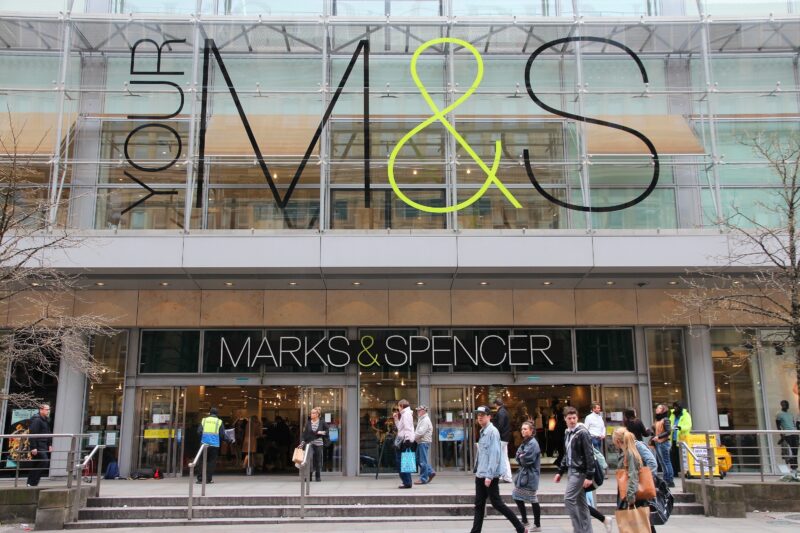15 May 2014
Marks & Spencer Bank - take two

When M&S Bank launched into the current account market a couple of years ago, I was disappointed. This was a major high street brand that had the chance to shake things up. But its premium packaged account - that could cost you as much as £20 a month in return for travel insurance and a few vouchers for hot drinks at the M&S cafe (plus a few other bells and whistles) - was never going to have mass market appeal. It was too expensive, and the value simply wasn't great enough. To make the account pay for itself, you needed to be the kind of person who did all your shopping in M&S and spent most of your downtime in the M&S cafe. If my grandfather was still alive, he would have loved it. But for most of us, it was overpriced and irrelevant.
This week, M&S finally launched its first "free" account. I put free in inverted commas, as of course no bank account is entirely free. But the new M&S account is a mainstream mass-market competitor to the Lloyds, Barclays and Natwests of this world - with no monthly charge, and a loyalty scheme that looks much like the kind of thing you get from its credit card.
Not the death knell for fee charging accounts
Although some will surely say that M&S's move away from only offering fee-charging accounts is proof that so-called "free banking" is the only workable model in the UK - I wouldn't agree. M&S's rethink proves the obvious - there's no demand for an expensive product that doesn't offer real value to its customers.
Not long after M&S launched its £20 a month packaged account, Nationwide also launched a new fee-charging account. In contrast, at £10 a month, it offered and continues to offer fantastic value. Travel insurance, breakdown cover, mobile phone insurance and a few other bells and whistles at a price that can pay for itself very quickly. If M&S had built a package with wider appeal, it could have been the first bank to get away with only offering fee-charging bank accounts.
M&S's experience has surely been watched very closely by Virgin Money, which has been weighing up how to make its own entrance into the current account market. Although it would like to launch a transparent, low fee account, it understandably worries that it simply won't get any traction.
But it shouldn't be put off by M&S's experience. The debate about the fairness of our free banking model is not over. Policymakers and regulators are well aware that the poorer, less financially savvy customers subsidise the better off, who manage to avoid straying into the red and beyond.
If a challenger bank can create a fee-charging account that is fair and appealing to customers, they have the chance to lead change that policymakers and regulators may end up demanding if the industry doesn't get there itself.
For now, however, good luck to M&S with its free account. I hope it starts to attract some market share and can be a true challenger bank. And once it gets traction in the old free banking market, maybe it can go back to the drawing board with its packaged account, and come back with something more compelling.

